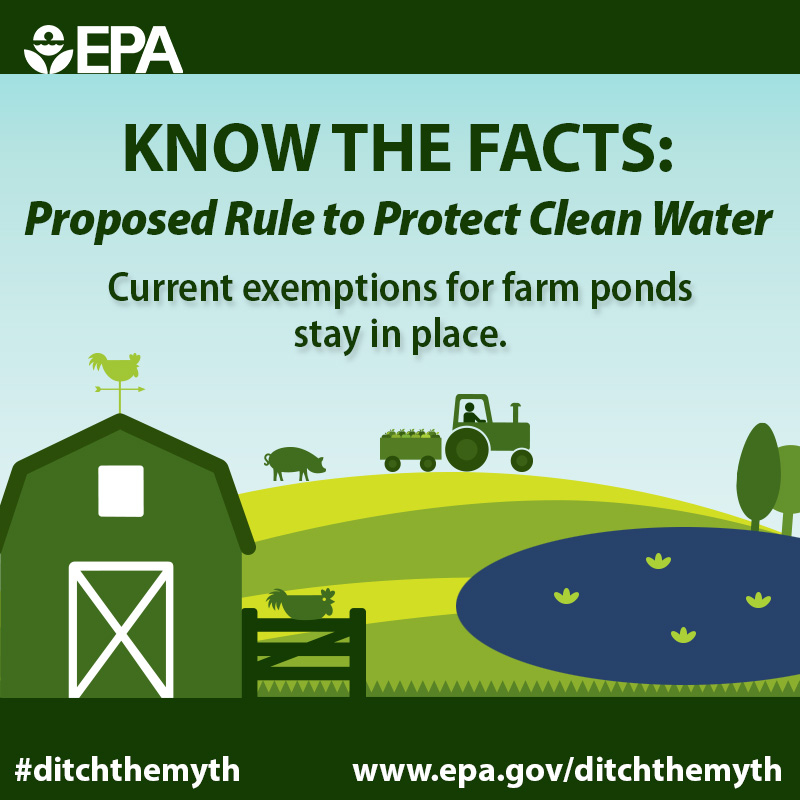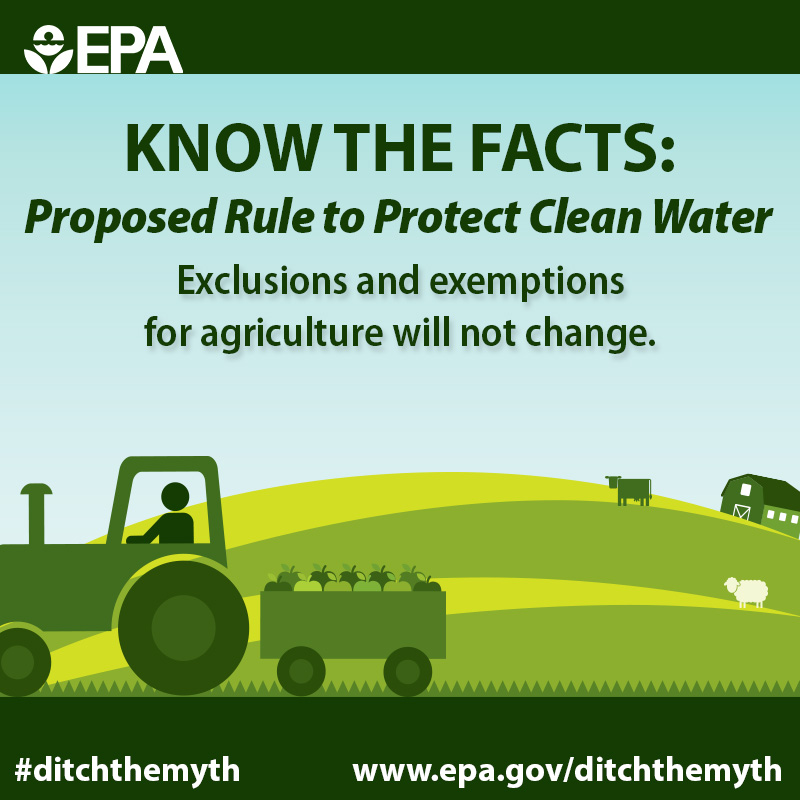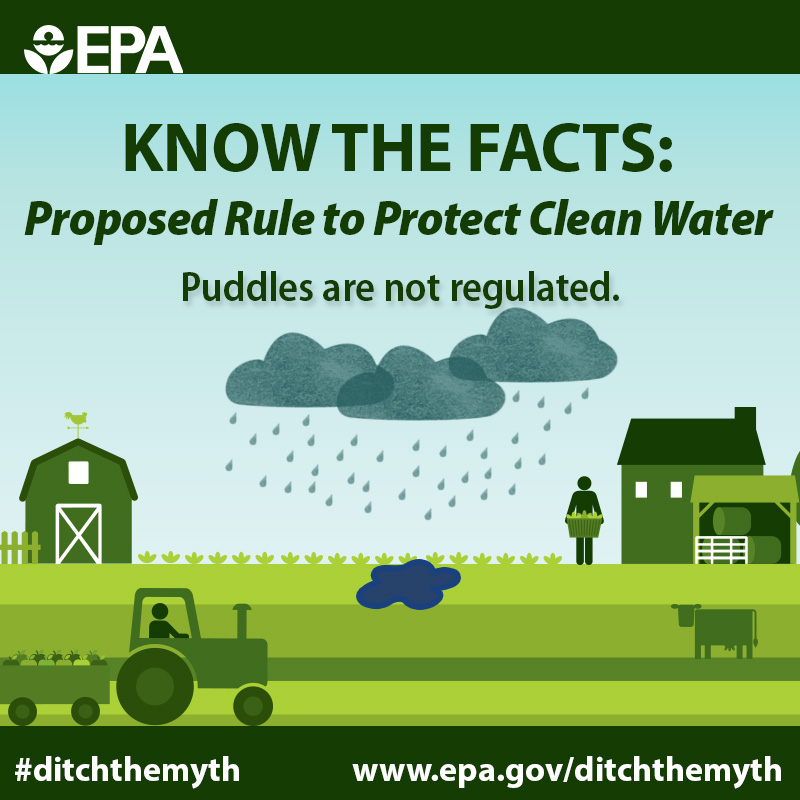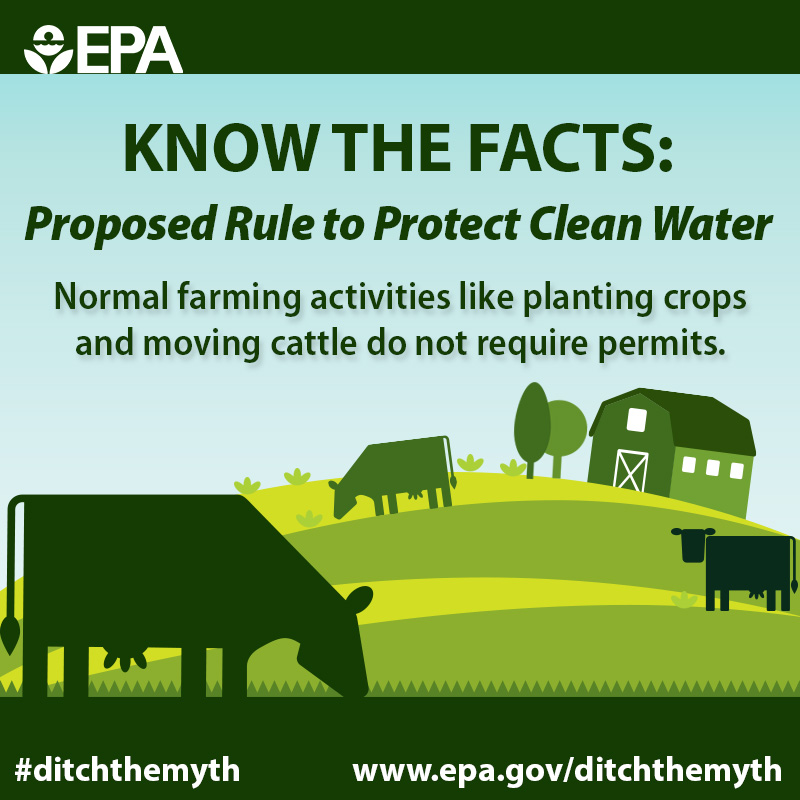
New Trump water rule has Great Lakes implications; EPA reinstates advisory board
While the spotlight on the Great Lakes was focused on the Enbridge Line 5 pipeline and other Michigan legislation, the Trump administration was taking action with Great Lakes implications.
The U.S. Environmental Protection Agency recently announced its proposed replacement of the Obama-era Waters of the United States (WOTUS) Rule, known as the Clean Water Rule.
WOTUS determines which waters come under the jurisdiction of the Clean Water Act, the 1972 law that regulates water pollution.
The Obama rule sought to clearly define those waters to eliminate uncertainty remaining from conflicting Supreme Court decisions.
The court’s 2006 Rapanos decision involving a Michigan property owner who filled a wetland was part of the genesis for WOTUS. The justices were divided, leaving issues unresolved as it sent the case back to a lower court.
The Trump administration, with support of the agriculture lobby, saw the Obama rule as federal overreach and pledged to replace it.
In its announcement, the EPA said it is “proposing a clear, understandable, and implementable definition of ‘waters of the United States’ that clarifies federal authority under the Clean Water Act.”
The agency said its rule would save money, protect navigable waters and support economic growth while reducing barriers to business development.
The EPA, in conjunction with the U.S. Army Corps of Engineers, said the rule would allow the agencies to operate within the limits of the Clean Water Act. They contended that the Obama administration exceeded its authority under the Act.
The Army Corps also supported the Obama EPA in formulation of its 2015 rule.
In a statement, the American Farm Bureau said, “This new rule will empower farmers and ranchers to comply with the law, protect our water resources and productively work their land without having to hire an army of lawyers and consultants.”
Farmers contend that the 2015 rule infringed on their right to manage private property.
A key difference between the opposing rules is that the proposed Trump rule would not include wetlands if not connected to a navigable waterway. That means stand-alone wetlands would be exempt.
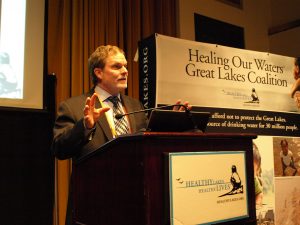
Todd Ambs Speaking at Great Lakes Day 2015, courtesy of HOW Coalition
Great Lakes Healing Our Waters coalition director Todd Ambs in a statement called the rule a “rollback” for wetlands and small streams and said “the administration says these waterways do not matter.”
“We all know wetlands flow into streams, which flow into small rivers, into bigger rivers, and into lakes, including our Great Lakes, and ultimately the ocean,” he said.
An earlier version of the Trump administration’s WOTUS rule was stalled by a federal court because it did not following proper protocol for securing public comment.
An EPA spokesperson said the revised rule complies with the Administrative Procedures Act that governs the rulemaking process.
The proposed rule is now subject to a public comment period..
The 2015 Obama rule was never implemented and is still tied up in federal courts.
Key advisory board reinstated
In a separate EPA move, the agency announced it would reinstate the Great Lakes Advisory Board that previously supported decision making for restoration of the lakes.
Established in 2012, the board’s authority was not renewed when it expired in June. The Trump administration has been less reliant on advisers, and in the budget process, Trump has attempted to eliminate all funding for Great Lakes funding.
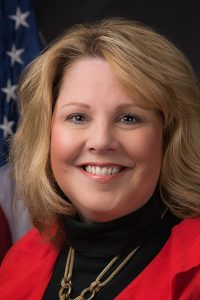
Cathy Stepp, Regional Administrator for EPA Region 5, Photo by Eric Vance via epa.gov
Those proposed funding cuts were eventually restored by Congress, and the Great Lakes congressional delegation was instrumental in getting the advisory board reinstated.
“EPA values the advice it has received on the Great Lakes Restoration Initiative from the Great Lakes Advisory Board,” said EPA Region 5 Administrator Cathy Stepp.
In addition to restoration issues, the board will advise on implementation of the Great Lakes Water Quality Agreement, a non-binding agreement between the U.S. and Canada focused on Great Lakes issues.
Its approximate 15 members will be drawn from business groups, academia, environmental groups and state, local and tribal governments, according to the EPA.
One veteran policy expert and former adviser to the International Joint Commission was skeptical.
“It’s better to have outside advice than not,” said Dave Dempsey with the conservation advocacy group FLOW.
“But I wouldn’t expect this Administration to appoint or listen to people who put the Great Lakes ahead of their anti-protection dogma.”
Featured Image: U.S. EPA Headquarters; the William Jefferson Clinton Federal Building, Photo by Library of Congress via wikimedia


